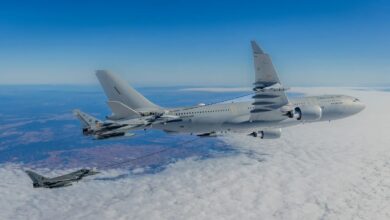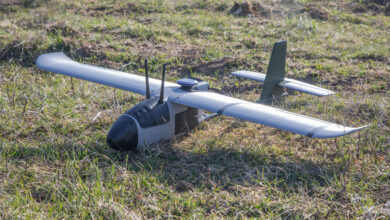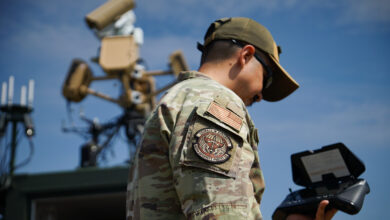US Air Force Begins Sixth-Gen Fighter Aircraft Competition
The US Air Force has formally begun the competition for its highly-classified Next Generation Air Dominance (NGAD) fighter aircraft.
A contract solicitation for the program’s engineering and manufacturing phase was recently issued to industry partners.
The solicitation marks the start of the source selection process and provides interested vendors with the requirements for the sixth-generation aircraft development.
The service, however, did not disclose the details of its solicitation “to protect operational and technological advantages.”
American aerospace giants Lockheed Martin, Northrop Grumman, and Boeing are expected to be the frontrunners in the competition.
The US Air Force plans to spend more than $2.3 billion on the program and award the manufacturing contract as early as 2024.
Once developed, the NGAD fighter aircraft will replace Lockheed’s F-22 Raptor.
‘A Critical Combat Capability’
The NGAD is a next-generation tactical combat aircraft that will be capable of performing missions alongside drones.
It will reportedly provide the air force with a modern critical combat capability for counter-air operations.
Additionally, the fighter jet will be designed to achieve air superiority by having the capability to effectively strike both airborne and ground-based threats.
US Air Force Secretary Frank Kendall said that the NGAD will include attributes such as enhanced lethality and the ability to survive, persist, interoperate, and quickly adapt in the air domain.
He also described the program as a “vital element” in creating a generational leap in technology.
“No one does this better than the US Air Force, but we will lose that edge if we don’t move forward now,” he stressed.

Maintaining Edge Over China
The solicitation comes as the US races to maintain its edge over China in developing critical military technologies.
In 2022, Beijing flaunted a stealthy sixth-generation combat aircraft model believed to rival the NGAD fighter.
The aircraft is reportedly faster and more advanced than existing military warplanes, helping the Asian military superpower with its goal of achieving superiority in the air domain.












